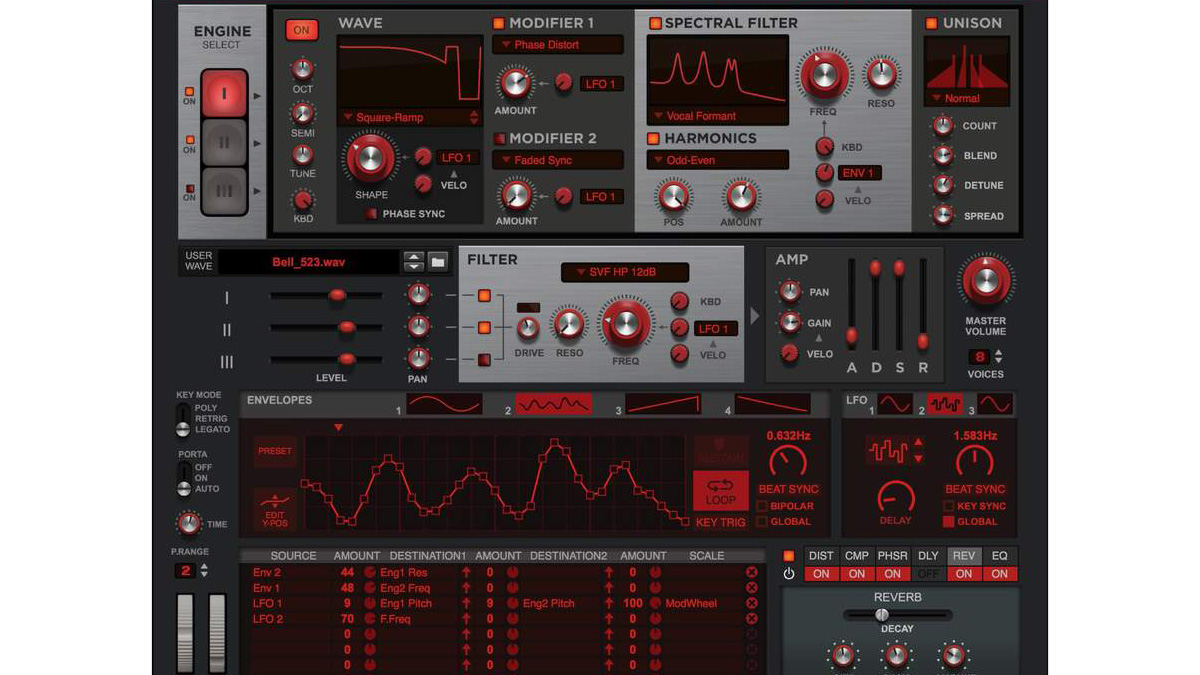AU vs VST Plugins: A Deep Dive into Audio Plugin Formats

Choosing the right audio plugin format can significantly impact your workflow and the overall sound of your productions. This article compares two dominant formats: Audio Units (AU) and Virtual Studio Technology (VST) plugins, highlighting both their similarities and, more importantly, their key differences.
Audio Units (AU) Plugins
AU plugins are Apple's proprietary plugin format, primarily designed for macOS and iOS. They are tightly integrated with Apple's ecosystem, offering seamless compatibility with Logic Pro X, GarageBand, and other Apple-native DAWs. Historically, AUs have been lauded for their stability and relatively low CPU usage, although this has become less of a distinguishing factor in recent years. One advantage of AU is its strong sandboxing implementation, offering a higher level of security against malicious plugins. AUs also often benefit from a more streamlined installation process within the Apple environment.
VST Plugins
VST (Virtual Studio Technology), developed by Steinberg, is a cross-platform plugin standard that enjoys broader support across various operating systems (Windows, macOS, Linux) and Digital Audio Workstations (DAWs). This wide compatibility is a major advantage, allowing users to utilize a far larger library of plugins compared to the AU format. While generally robust, VST plugins can sometimes exhibit slightly higher CPU usage or occasional compatibility issues depending on the DAW and the specific plugin. Although Steinberg's VST3 is improving this, older VST2 plugins sometimes create compatibility problems. The wider compatibility does mean a larger pool of free and commercial plugins are available. VST Plugin Specifications provide deeper information.
Comparing AU and VST Plugins: A Detailed Overview
Let's compare AU and VST plugins across several key aspects:
| Feature | AU Plugins | VST Plugins |
|---|---|---|
| Operating System | macOS, iOS | Windows, macOS, Linux |
| DAW Compatibility | Primarily Apple DAWs (Logic Pro X, GarageBand etc.) | Wide range of DAWs (Ableton Live, FL Studio, Cubase etc.) |
| Plugin Count | Significantly smaller library | Significantly larger library |
| Stability | Generally high | Generally high, but can vary by plugin |
| CPU Usage | Typically lower (Historically) | Typically higher (Historically, but improving) |
| Security | Strong sandboxing | Less stringent security measures (although VST3 improves this) |
| Installation | Usually seamless within Apple ecosystem | Can vary depending on DAW and plugin |
Market Share and Plugin Availability (Illustrative, not precise figures):
While exact figures are hard to obtain, anecdotal evidence and observations strongly suggest a significant disparity in plugin availability:
- VST Plugins: Represent a vastly larger market share, with potentially tens of thousands of plugins available from numerous developers.
- AU Plugins: While growing, the number of AU-only plugins remains substantially smaller.
Conclusion: Highlighting the Key Differences
While both AU and VST plugins serve the same fundamental purpose—to add functionality to a DAW—their differences are significant. VST’s cross-platform compatibility and extensive plugin library make it the clear winner for users seeking maximum flexibility and choice. AU plugins, however, offer a tighter integration within the Apple ecosystem, often resulting in a smoother workflow for users committed to Apple's products. The choice ultimately depends on the user’s operating system, DAW preference, and the overall priorities for their workflow. If cross-platform compatibility and a massive selection of plugins are paramount, VST is the better option. If you’re deeply invested in the Apple ecosystem and prioritize stability within that environment, AU might be preferable.







